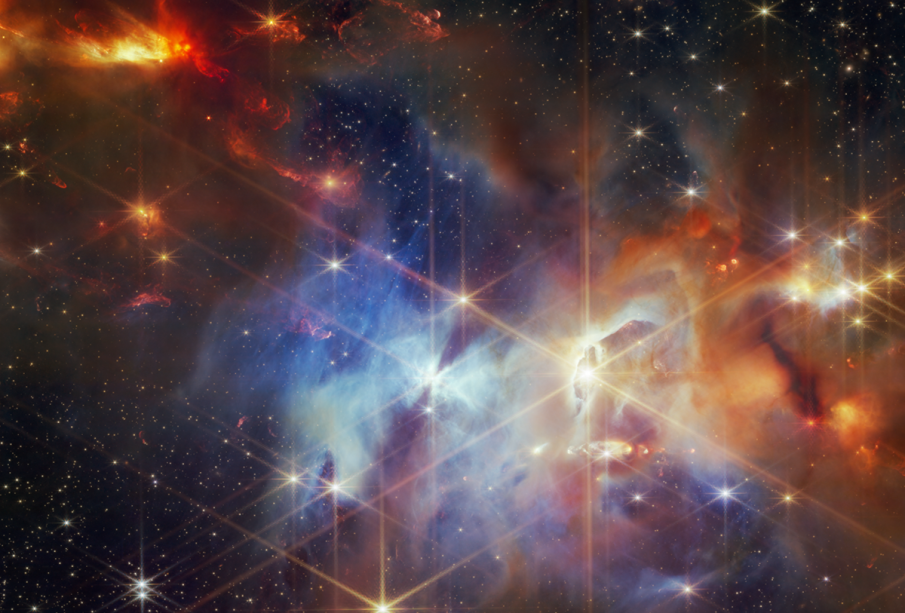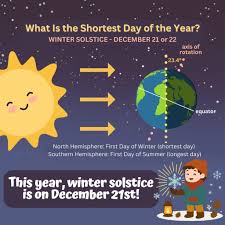Recent Discoveries by the James Webb Space Telescope

Introduction
The James Webb Space Telescope (JWST) has become a pivotal instrument in modern astronomy since its launch in December 2021. As the most powerful space telescope ever built, JWST aims to change our understanding of the universe, from the formation of stars to the atmospheres of distant exoplanets. Its advanced capabilities in infrared astronomy allow it to peer deeper into space and time than any previous telescope, making its findings crucial for both scientific communities and the general public.
Recent Discoveries
As of late 2023, the JWST has made several groundbreaking discoveries that reveal the intricate details of the universe. Notably, the telescope has observed the formation of stars in distant galaxies, providing insights into stellar evolution and galactic dynamics. In what was hailed as a historic breakthrough, researchers announced the detection of carbon dioxide in the atmosphere of a distant exoplanet, which has implications for understanding potential habitability in other solar systems.
Moreover, JWST’s ability to capture high-resolution images has shed light on the intricate structures of nebulae and the life cycles of star systems. A series of stunning images released in recently illustrated the depths of the Carina Nebula, revealing previously unseen star births and the dynamics of cosmic dust. The data collected also adds depth to existing theories about dark matter’s role in cosmic formation.
Key Technologies Behind JWST
The advanced technology onboard the JWST plays a critical role in its success. With a mirror 6.5 meters in diameter, it gathers more light than its predecessors, allowing it to capture fainter and more distant objects. Its infrared capabilities enable the observation of objects obscured by dust and gas, which was a challenge for previous telescopes. Also, its unique sunshield protects its instruments from heat and light from the Sun, Earth, and Moon, ensuring high-quality observations.
Conclusion
The significance of the James Webb Space Telescope extends beyond its remarkable discoveries. It represents a collaborative effort between NASA, the European Space Agency, and the Canadian Space Agency, emphasising international cooperation in space exploration. Looking ahead, the JWST is expected to unlock further cosmic mysteries, potentially answering age-old questions about the origins of the universe and the existence of life beyond our planet. As the telescope continues to send back data, the anticipation for what it might reveal next remains high, showcasing the remarkable journey of cosmic discovery that lies ahead.









